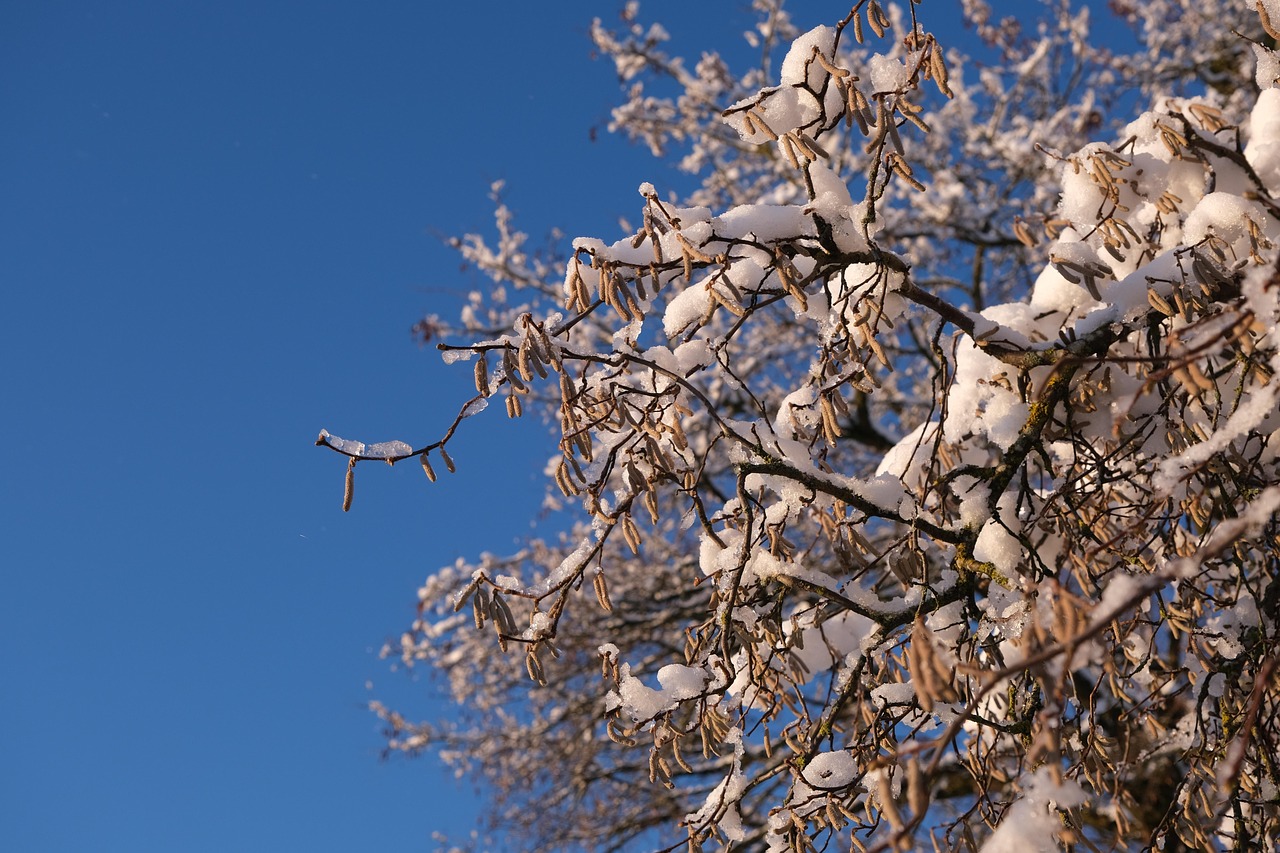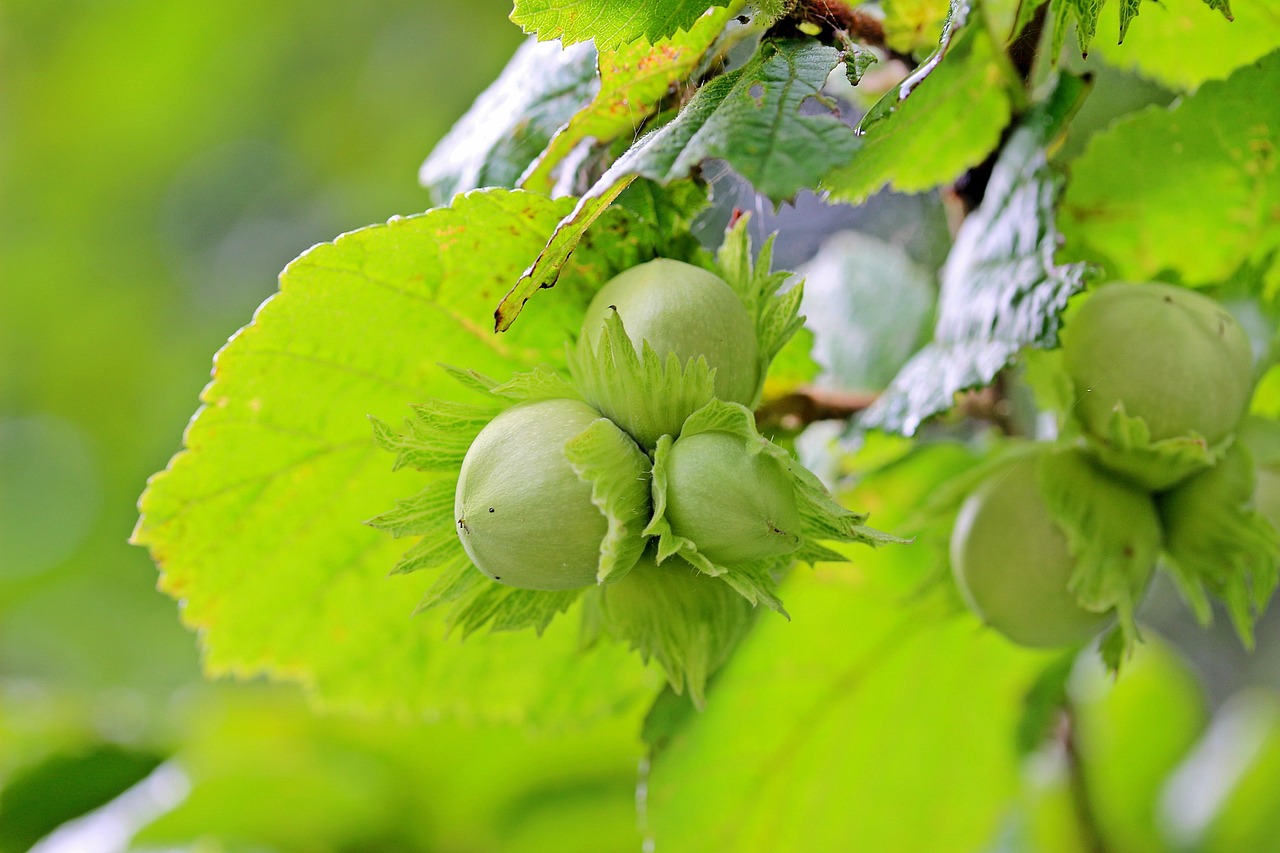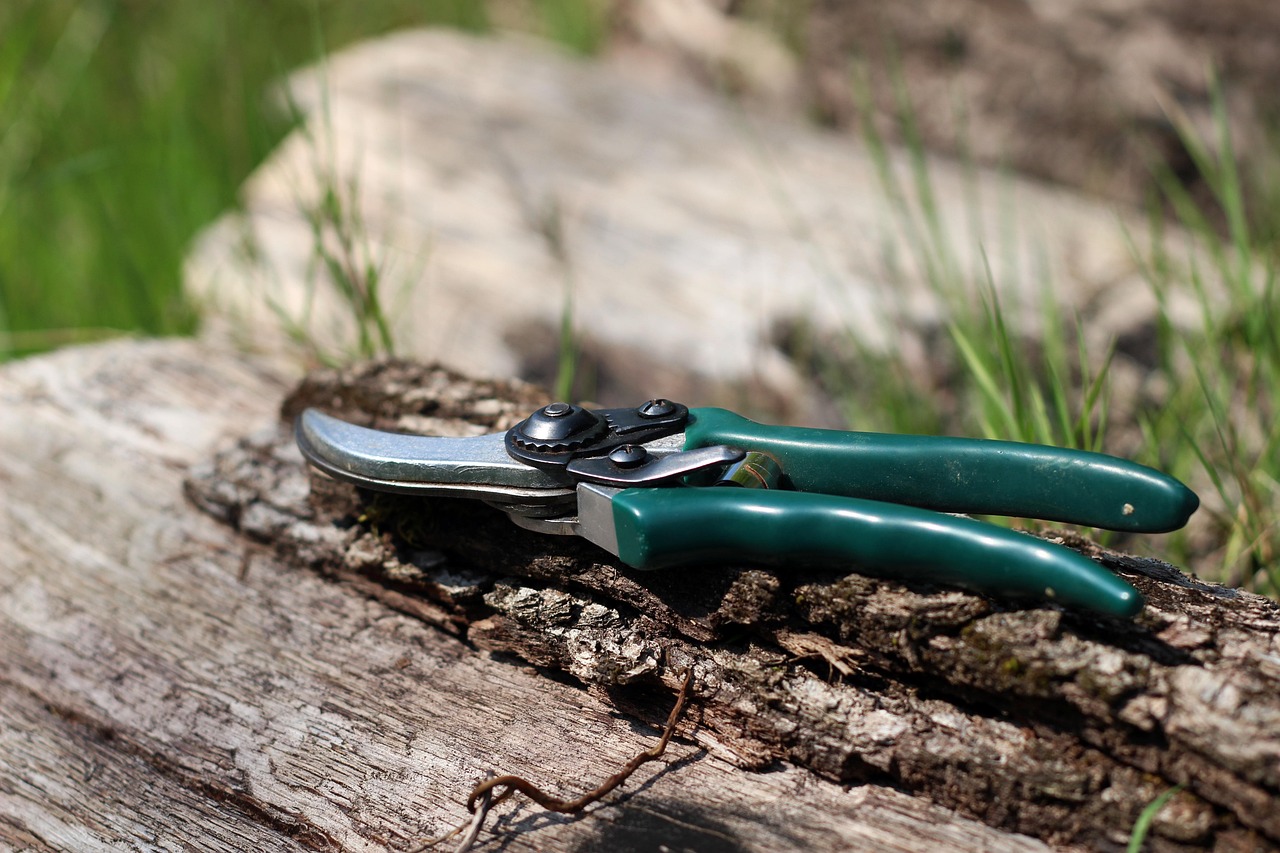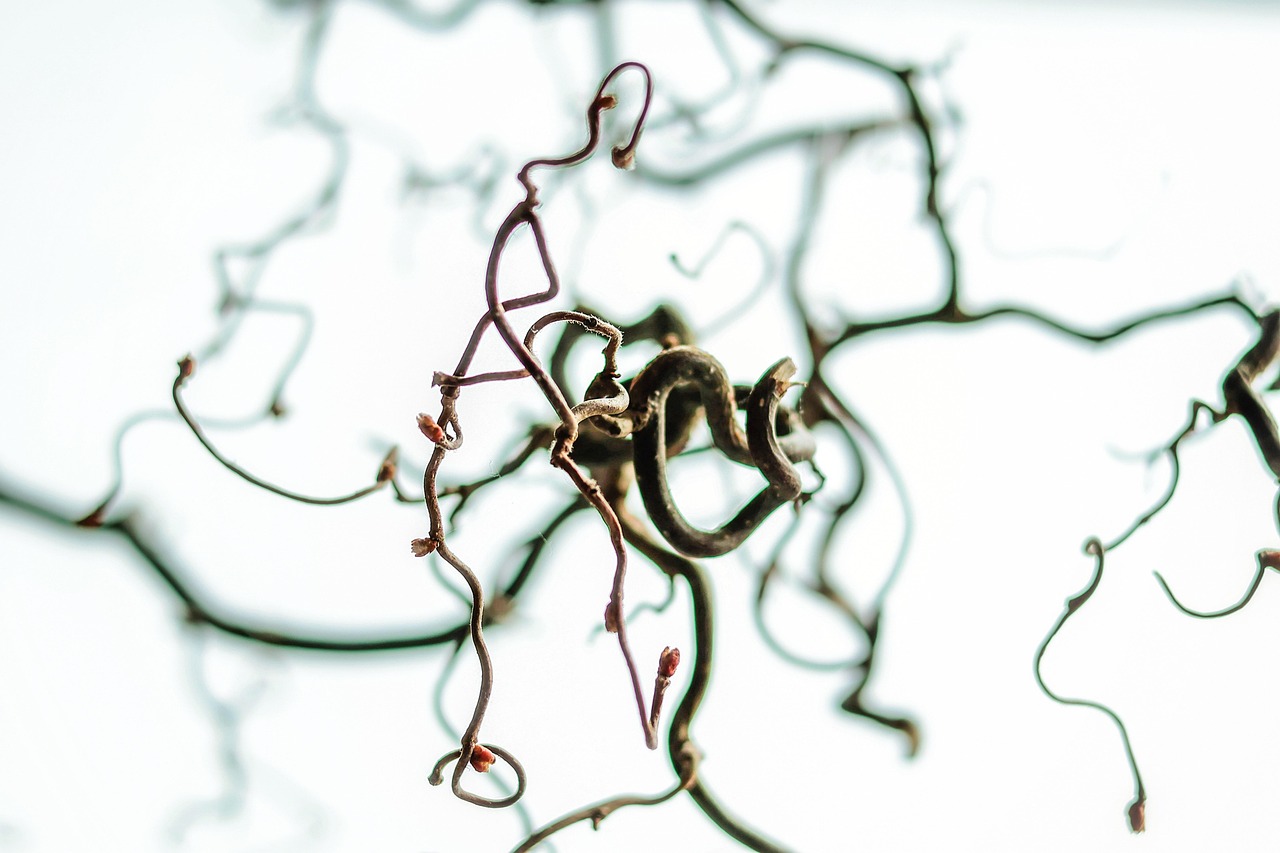Pruning hazelnut trees is vital for enhancing long-term yields by improving tree structure, air circulation, and light penetration. Properly managed pruning leads to healthier trees, increased nut production, and easier harvesting. Although it may seem daunting for beginners, mastering the fundamentals of pruning can result in a productive and thriving orchard.
Hazelnuts are a popular nut variety known for their rich flavor and numerous health benefits. Pruning hazelnut trees is an essential practice that helps manage tree growth and fruit production. This task often intimidates new growers, but understanding the fundamentals can make it manageable and beneficial. Effective pruning can lead to a more productive and healthier orchard over the years.

In order to successfully prune hazelnut trees, it is important to recognize their unique growth habits. Hazelnut trees can grow into large bushes or small trees, depending on the variety and how they are managed. The goal of pruning is to maintain a balanced structure that optimally supports fruit production.
Understanding Hazelnut Tree Growth
Before diving into specific pruning techniques, it is essential to understand how hazelnut trees grow. These trees typically have a bushy growth habit. They produce numerous stems from the base, which can lead to overcrowding if not managed properly. A well-pruned tree will have a strong central leader and well-spaced lateral branches.
The growth cycle of hazelnut trees involves several stages:

- Initial Growth: In the first few years, the tree establishes its root system and begins to form its structure.
- Vegetative Growth: During this phase, the tree focuses on growing leaves and stems.
- Fruit Production: As the tree matures, it transitions into producing flowers and nuts.
Benefits of Pruning Hazelnut Trees
Pruning offers many benefits that contribute to the overall health and productivity of hazelnut trees. Some of these advantages include:
- Improved Air Circulation: Pruning helps open up the canopy, allowing better airflow. This reduces the risk of diseases that thrive in stagnant air.
- Enhanced Light Penetration: By removing excess branches, light can reach more parts of the tree. This leads to better photosynthesis and healthier growth.
- Increased Yield: A well-pruned tree produces more nuts as it can allocate resources more effectively.
- Ease of Harvesting: Maintaining a manageable size makes it easier to harvest nuts when they are ripe.
When to Prune Hazelnut Trees
Timing is critical when it comes to pruning hazelnut trees. The best time to prune is during the dormant season, typically late winter to early spring. This period allows you to see the tree’s structure without leaves obstructing your view. Additionally, pruning during dormancy reduces stress on the tree and minimizes the risk of disease transmission.
It is essential to avoid pruning during periods of active growth. Cutting branches at this time can lead to excessive sap loss and weaken the tree. Here is a simple table summarizing the recommended pruning times:

| Season | Pruning Activity |
|---|---|
| Winter | Main pruning should occur during dormancy. |
| Spring | Minor adjustments can be made just before bud break. |
| Summer | Avoid major pruning; focus on maintenance as needed. |
| Fall | Avoid pruning; focus on preparation for winter. |
Pruning Techniques
There are several techniques for pruning hazelnut trees that can help achieve optimal growth and yield. Understanding these methods will empower growers to maintain their trees effectively.
- Crown Thinning: This technique involves selectively removing branches to improve light penetration and air circulation within the canopy.
- Crown Reduction: Reducing the height of the tree helps maintain a manageable size while promoting lateral growth.
- Suckering Control: Removing suckers that grow from the base of the tree ensures that energy is directed toward productive branches.
- Heading Back: Cutting back branches to a lateral bud encourages bushier growth and increases nut production in young trees.
By applying these techniques thoughtfully, growers can ensure their hazelnut trees thrive and produce high yields over the long term. Proper pruning is not just about cutting back branches; it’s about understanding tree development and managing it for success.
As we delve deeper into this topic, more advanced strategies and considerations will be discussed in subsequent sections, providing a comprehensive guide to hazelnut tree pruning for sustained productivity.

Tools Required for Pruning Hazelnut Trees
Having the right tools is essential for effective pruning. Using appropriate tools not only makes the process easier but also ensures clean cuts, reducing the risk of disease. Here are some basic tools needed for pruning hazelnut trees:
- Pruning Shears: These are necessary for cutting small branches and stems. Choose sharp, high-quality shears for clean cuts.
- Loppers: For thicker branches, loppers provide extra leverage and cutting power, making it easier to trim larger limbs.
- Saws: A hand saw or chainsaw may be needed for substantial branches that cannot be cut with shears or loppers.
- Gloves: Wearing gloves protects your hands from cuts and scrapes while handling branches.
- Safety Goggles: These protect your eyes from debris while cutting.
It is crucial to keep all tools sharp and clean. Sharp tools make cleaner cuts, which heal faster and reduce the likelihood of infections. Additionally, disinfecting tools before and after use can prevent the spread of diseases among trees.
Pruning Techniques for Different Ages of Hazelnut Trees
Different stages of a hazelnut tree’s life require different pruning approaches. Understanding how to prune at these various stages helps ensure optimal growth and production.
Young Trees (1-3 Years)
For young trees, the main focus is on establishing a strong structure. Pruning should be done to encourage upward growth and a balanced canopy. Key techniques include:
- Formative Pruning: This involves selecting a strong central leader and removing competing stems. Aim for 3 to 5 main branches that are evenly spaced around the tree.
- Removing Weak Growth: Cut away any weak or narrow branches to promote the growth of stronger shoots.
- Heading Back: Trim back the tips of the branches to encourage bushier growth.
Mature Trees (4-7 Years)
Mature hazelnut trees require maintenance pruning to sustain their health and productivity. At this stage, consider these techniques:
- Crown Thinning: Remove some of the inner branches to improve light penetration and air circulation.
- Suckering Control: Regularly remove suckers that emerge from the base, directing energy to productive branches.
- Removing Dead or Diseased Wood: Cut away any diseased or dead branches to maintain tree health.
Old Trees (8 Years and Older)
Older trees may require more aggressive pruning to rejuvenate growth and maintain yields. Important practices include:
- Rejuvenation Pruning: Remove older, less productive branches while keeping younger, healthier ones to improve overall yield.
- Crown Reduction: If the tree has grown too large, reduce its height to make harvesting easier and to promote new growth.
- Selective Cutting: Focus on reducing overcrowding by selectively cutting branches that hinder the growth of more productive ones.
Pest and Disease Management During Pruning
Pest and disease management is a critical aspect of pruning hazelnut trees. Proper pruning can help reduce the risk of infestations and infections. Here are some strategies to keep in mind:
- Inspect Trees Regularly: Before pruning, check for signs of pests or diseases. Early detection allows for timely intervention.
- Clean Cuts: As mentioned earlier, using sharp tools ensures clean cuts that heal quickly. This reduces entry points for pathogens.
- Dispose of Cuttings: Remove all pruned material from the orchard to prevent pests from overwintering in debris.
- Treat Infections Promptly: If disease is detected, treat it immediately with appropriate fungicides or insecticides based on expert advice.
The Role of Fertilization Post-Pruning
After pruning, it is essential to consider fertilization as a way to support healthy regrowth. Pruning can stress trees, and proper nutrition helps them recover more quickly. Here are some key points regarding fertilization after pruning:
- Timing: Fertilize after pruning when new growth begins, usually in early spring. This timing supports the tree’s recovery during its active growth phase.
- Nutrient Balance: Use a balanced fertilizer that provides essential nutrients like nitrogen, phosphorus, and potassium.
- Application Method: Apply fertilizer around the root zone but avoid direct contact with the trunk to prevent root burn.
Nourishing your hazelnut trees after pruning can significantly enhance their recovery and productivity. By providing adequate care and management, growers can ensure their trees remain healthy and fruitful for years to come.
Common Mistakes in Hazelnut Tree Pruning
Even experienced growers can make errors when pruning hazelnut trees. Understanding these common mistakes can help ensure better outcomes and healthier trees. Here are several pitfalls to avoid:
- Pruning at the Wrong Time: Pruning during active growth can lead to excessive sap loss and weaken the tree. Always prune during dormancy.
- Over-Pruning: Removing too many branches can stress the tree and reduce nut production. It is vital to prune judiciously.
- Neglecting Disease Management: Failing to inspect trees for pests and diseases before and after pruning can exacerbate problems.
- Ignoring Tree Structure: Pruning without considering the tree’s natural shape can lead to weak growth patterns and poor yields.
- Using Dull Tools: Dull tools can tear branches instead of making clean cuts, resulting in increased vulnerability to diseases.
Seasonal Care for Pruned Hazelnut Trees
After pruning, it is essential to provide ongoing care throughout the seasons. This proactive approach helps ensure that your hazelnut trees remain healthy and productive. The following seasonal care tips are important:
Spring Care
As trees begin to grow in spring, it is crucial to monitor their development closely. Key tasks include:
- Fertilization: Apply balanced fertilizers as discussed earlier to support new growth.
- Watering: Ensure adequate moisture, especially during dry spells, to promote healthy growth.
- Pest Control: Implement pest management strategies, such as monitoring for common pests like aphids or hazelnut weevils.
Summer Care
During summer, trees require careful management to ensure they thrive:
- Irrigation: Continue to water regularly, particularly in hot weather.
- Weed Control: Keep the area around the trees free from weeds that compete for nutrients and water.
- Pest Monitoring: Keep an eye out for any signs of infestation and address them promptly.
Fall Care
As the growing season comes to an end, focus on preparing the trees for winter:
- Mulching: Apply a layer of mulch around the base of the trees to retain moisture and regulate soil temperature.
- Final Inspection: Check for any remaining pests or diseases and take necessary actions before the colder months.
- Watering: Ensure trees are well-watered before winter sets in, which helps them withstand cold temperatures.
Advanced Pruning Techniques for Experienced Growers
For those who have mastered basic pruning techniques, exploring advanced methods can further enhance tree health and yields. Here are some advanced techniques to consider:
Tree Training Methods
Training young hazelnut trees using specific methods can lead to better structure and productivity:
- Coppicing: This involves cutting back trees to ground level to encourage vigorous new growth. This method is often used in commercial production to rejuvenate older orchards.
- Espalier: Training trees to grow flat against a support can save space and make harvesting easier while maximizing sunlight exposure.
Precision Pruning Techniques
Employing precision pruning techniques can lead to optimal growth patterns and nut production:
- Selective Pruning: Focus on removing specific branches that hinder light penetration or air circulation, rather than large-scale pruning.
- Bonsai Techniques: For artistic or specialized production purposes, applying bonsai techniques can help control tree size and shape while maximizing yields.
The Impact of Soil Health on Pruning Outcomes
The health of the soil directly impacts tree growth and productivity. Healthy soil provides essential nutrients and supports root development. Here are some key considerations:
- Soil Testing: Conduct regular soil tests to determine nutrient levels and pH. This helps adjust fertilization practices effectively.
- Organic Matter Addition: Incorporate organic matter like compost or aged manure to enhance soil fertility and structure.
- Diversity of Cover Crops: Planting cover crops helps improve soil structure, prevent erosion, and enhance nutrient cycling.
A strong foundation in soil health will complement your pruning efforts, leading to robust hazelnut trees that yield high-quality nuts over time. By integrating these practices into your overall management strategy, you will create a thriving orchard environment that supports long-term success.
Long-Term Yield Strategies Beyond Pruning
While pruning is a vital component in managing hazelnut trees, several additional strategies can enhance long-term yields. These strategies focus on holistic orchard management that considers various aspects of tree health and productivity:
Integrated Pest Management (IPM)
Implementing an integrated pest management strategy helps minimize pest-related issues while promoting ecological balance. Key components include:
- Monitoring: Regularly inspect trees for signs of pest activity and identify beneficial insects that can aid in pest control.
- Biological Control: Introduce natural predators to control pest populations without harmful chemicals.
- Cultural Practices: Implement practices such as crop rotation and intercropping to disrupt pest life cycles.
Water Management
Water is a critical resource for hazelnut trees, influencing growth and nut production. Effective water management includes:
- Irrigation Systems: Establish efficient irrigation systems, such as drip irrigation, to deliver precise amounts of water directly to the roots.
- Monitoring Soil Moisture: Use soil moisture sensors to ensure trees receive adequate water without over-irrigating.
- Mulching: Apply mulch around the base of trees to retain soil moisture and regulate temperature.
Harvesting Techniques
Appropriate harvesting techniques can significantly impact nut quality and overall yield. Consider the following:
- Timing: Harvest hazelnuts when they are fully mature. Nuts that fall from the tree are often ready for collection.
- Gentle Handling: Handle nuts carefully to avoid damage, which can affect storage quality and marketability.
- Post-Harvest Care: Properly clean and dry harvested nuts to prevent mold and deterioration.
Record Keeping and Data Analysis
Keeping detailed records of your orchard management practices can help you make informed decisions over time. Consider documenting the following:
- Pruning Dates and Techniques: Record when and how you pruned each tree to evaluate the effectiveness of different methods.
- Pest Incidents: Track pest occurrences and control measures taken to identify patterns and improve future management strategies.
- Yield Data: Monitor nut yields annually to assess the impact of your pruning and management decisions.
Final Thoughts
Pruning is an essential practice for maintaining healthy hazelnut trees that produce high yields over time. By mastering the techniques outlined in this article, growers can enhance tree structure, improve air circulation, and ensure light reaches all parts of the canopy. Additionally, integrating other management strategies such as pest control, water management, and record keeping can further enhance tree health and productivity.
As you implement these practices, remember that patience is key. Hazelnut trees take several years to mature fully. Consistent care, monitoring, and adaptation of techniques will eventually yield abundant nut production. With a commitment to ongoing education and improvement, you can create a thriving orchard that provides not only nuts but also contributes positively to your local ecosystem.
In summary, effective hazelnut tree pruning combined with comprehensive orchard management practices ensures long-term success. By focusing on the various elements discussed throughout this article, you will cultivate a resilient and productive hazelnut orchard that meets your goals for both quality and quantity of yields.
